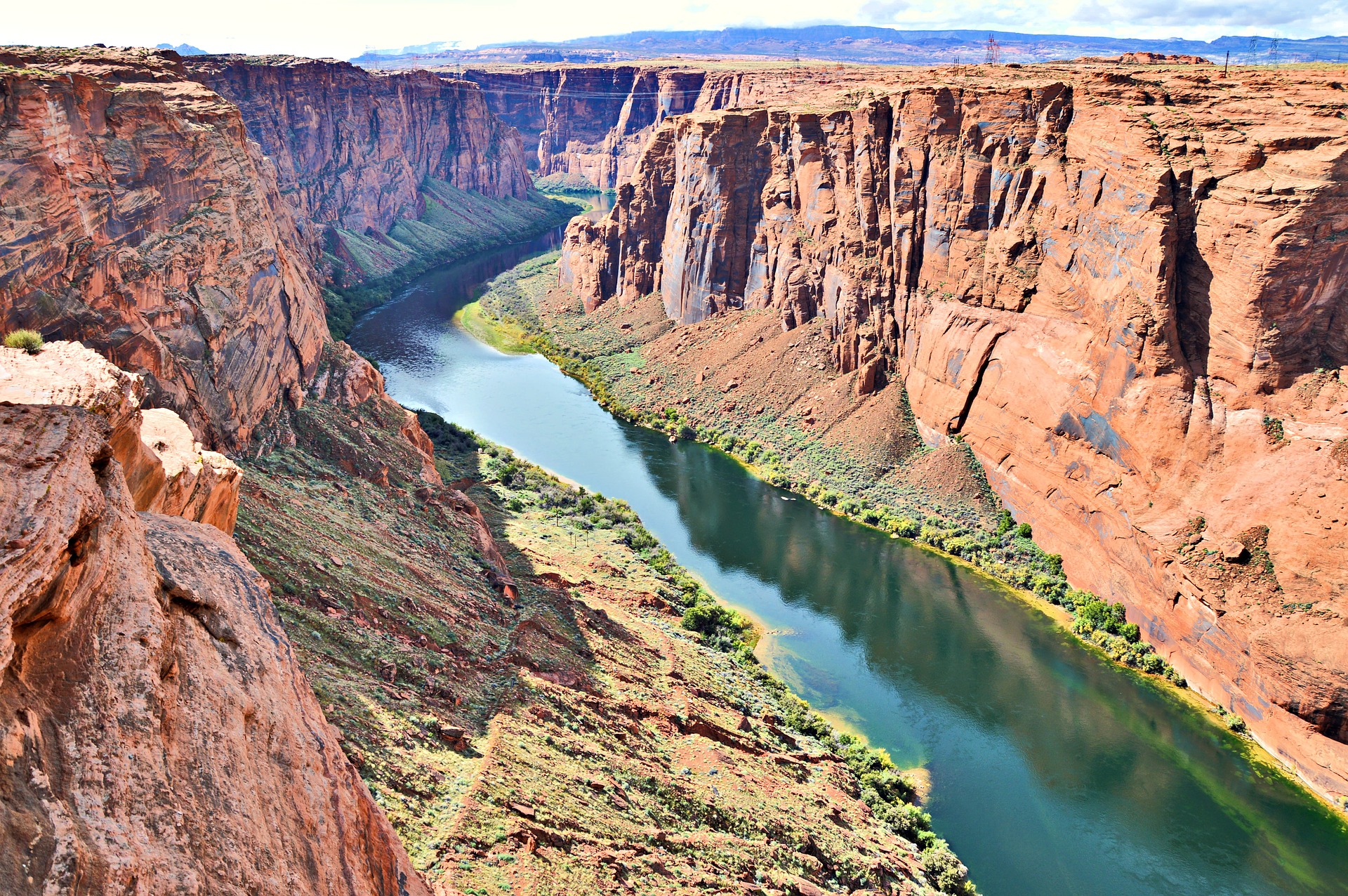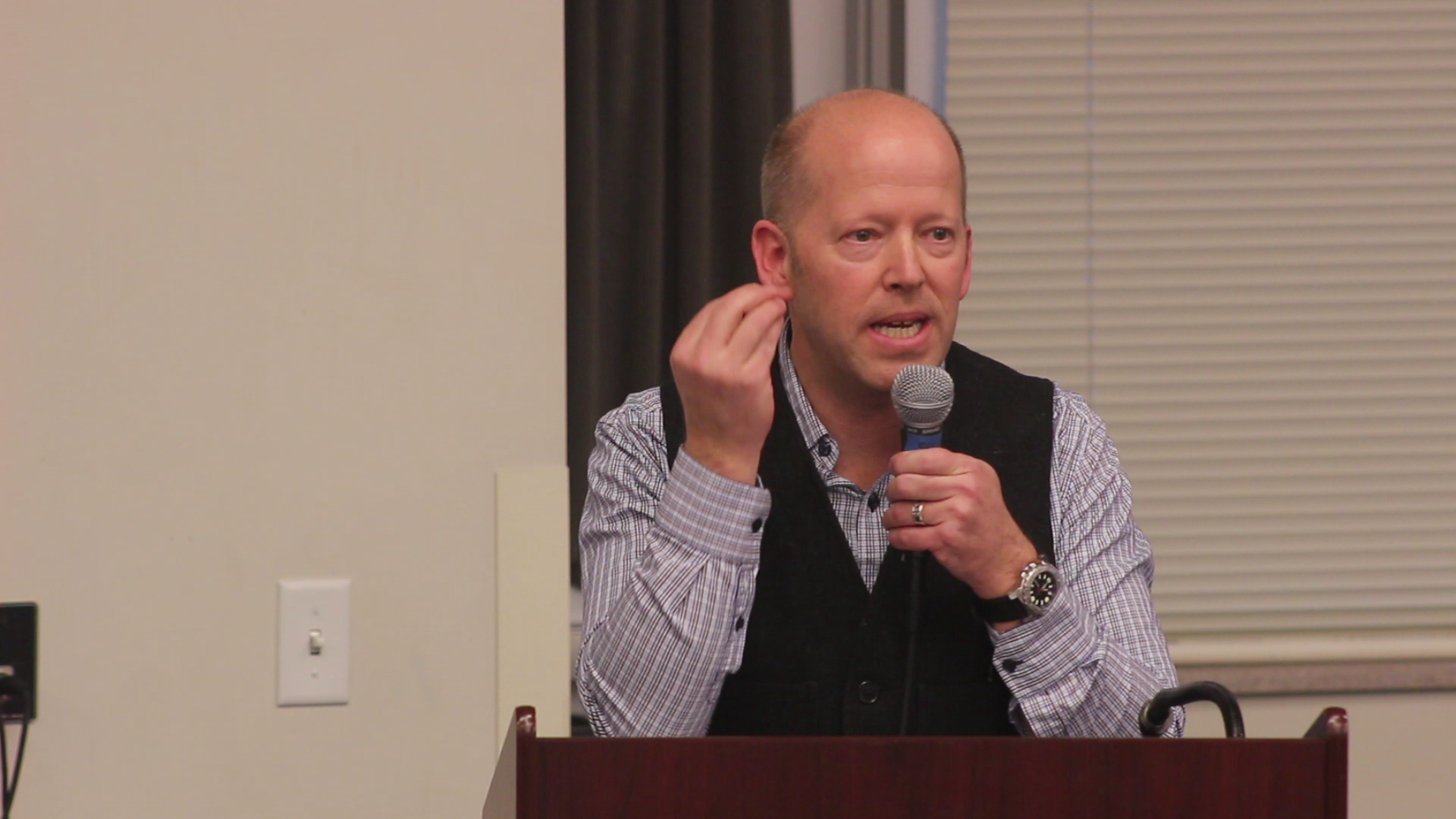
ST. GEORGE — Earlier this week, 11 conservation groups across the Colorado River Basin sent a petition to the Department of Interior’s Office of the Inspector General asking for an investigation on whether or not the Central Utah Water Conservancy District used funds for the Lake Powell Pipeline – a project it does not have jurisdiction over.

In a related action, representatives attached to the same coalition of conservation groups and others met at Hoover Dam in Arizona to protest the creation of any future water diversions off the Colorado River, particularly the Lake Powell Pipeline, claiming is it not needed.
Among the groups that make up the coalition are the Utah Rivers Council, Sierra Club, WildEarth Guardians, Glen Canyon Institute, Los Angeles Waterkeeper, and a handful of others.
Prior to contacting the Interior’s Inspector General’s Office, the group submitted a petition to the Utah Attorney General’s Office to investigate the situation and determine whether or not state law had been violated.
Call for investigation
According to a statement issued by the coalition Tuesday, they claim that $1 million out of a $832 million package approved by Congress for the Central Utah Project – which currently supplies the Wasatch Front with water from the Colorado River – and to advance conservation efforts in Utah, went to a lobbying firm run by the family of a high-level staff member at the Central Utah Water Conservancy District.
“This firm worked to advance the proposed Lake Powell Pipeline at the Utah statehouse,” the conservationists claim in their statement. “Funding the family lobbying firm of its second highest staff member raises the question of whether the Central Utah Water District violated the Utah Public Officers & Employees Ethics Act, among other statutes.”

In their letter to the Utah Attorney General’s Office, the group further states that if conservation measures proposed to the Utah Legislature hadn’t been killed through the efforts of this particular lobbying group, Utah wouldn’t be in the dire water position it is today.
“Had these bills not been opposed by the Central Utah Water District, Utah would have much more water in its reservoirs today,” the group states, adding, “So many water conservation bills have been killed by statehouse lobbyists that one could fill a reservoir of wasted water with the equivalent of five years of Salt Lake Valley’s water use.”
The coalition estimates that the efforts to kill conservation efforts on the state level have resulted in the waste of 1.5 million acre-feet of water thus far.
The group initially filed a request with the Utah Attorney General’s Office at the beginning of July to investigate the matter, and then advanced it to the federal level.
“Like every drop of Colorado River water, we must be vigilant about tracking taxpayer dollars,” said Kyle Roerink, executive director of the Great Basin Water Network. “Congressionally appropriated funds for (the) CUWCD should not be spent pursuing a water-depleting, money-wasting boondoggle like the Lake Powell Pipeline. Taxpayers and CUWCD customers have a right to know how Utah’s water elites are spending their money.”
Hoover Dam protest
Members of the coalition met at Hoover Dam on Thursday to call for a moratorium on building pipelines and dams along the Colorado River that they say would jeopardize the 40 million people who rely on it as a water source, claiming Washington County has enough water that they don’t need the Lake Powell pipeline, and local officials are hiding that fact.
They’re pushing for the moratoriums as parts of the U.S. West are gripped by historic drought and hotter temperatures and dry vegetation provide fuel for wildfires sweeping the region. Federal officials expect to make the first-ever water shortage declaration in the Colorado River basin next month, prompting cuts in Arizona, Nevada and Mexico.

“We’re here to say, ‘Damn the status quo,'” Roerink told the Associated Press.
“No more business as usual. Why? Because we’re failing: It’s plain and simple. We shouldn’t be seeing that bathtub ring growing like it is,” he added, gesturing toward the white band that wraps the perimeter of Lake Mead, marking former water levels.
Hot temperatures and less snowpack have decreased the amount of water that flows from the Rocky Mountains down through the arid deserts of the Southwest into the Gulf of California.
Scientists attribute the extreme conditions to a combination of natural weather patterns and climate change, which has made the West warmer and drier in the past 30 years.
Almost a century after seven U.S. states divvied up the river, Lake Mead and Lake Powell — the two manmade reservoirs that store river water — are shrinking faster than expected, spreading panic throughout a region that relies on the river to sustain 40 million people and a $5 billion-a-year agricultural industry.
The U.S. Bureau of Reclamation, which manages water, dams and reservoirs in 17 states, published new two-year projections showing more expected drops in the West’s largest reservoirs. The agency has begun releasing water from Flaming Gorge Reservoir in Wyoming and said Friday that they intend to draw from reservoirs in New Mexico and Colorado in the upcoming months to keep Lake Powell from dropping low enough to threaten Glen Canyon Dam’s hydropower-generating capability.
Utah Rivers Council Executive Director Zach Frankel said state and federal officials should abandon plans to build a pipeline to siphon water from Lake Powell to the Sand Hollow Reservoir in southern Utah. He said it was important to ensure federal infrastructure dollars weren’t spent on projects that enable more wasteful water use and pointed out that Utah’s Washington County — which would benefit from the diversion — uses more water per capita than Las Vegas and Phoenix.

While Frankel and other conservationists continue to claim the county is among the worst water wasters in the nation, state and local water managers are quick to say the way water use is recorded is not uniform from state to state, and therefore does not offer up an accurate comparison.
The coalition refers to the Lake Powell Pipeline, which would deliver an estimated 86,000 acre-feet of water to Washington County annually once it is built, as an overall threat to the people who rely on the Colorado River.
“The reservoir system in the Colorado River basin is collapsing due to overuse, drought, and climate change,” Gary Wockner of Save The Colorado, said in the coalition’s overall statement. “The Lake Powell Pipeline would make it all worse.”
The Utah Rivers Council argues the pipeline isn’t needed due to Washington County actually having enough groundwater to address current needs, yet claim local water managers with the Washington County Water Conservancy District are hiding that fact in order to justify the need for the Lake Powell Pipeline.
On the other side of the argument, water district officials say the county’s water supply is limited and s primarily dependent on water from the Virgin River – a source that is also dwindling due to climate change. As it is the county’s main source of water – and is also tapped out as far as further development goes – water managers continue to state the need that the Lake Powell Pipeline is critical for the area’s growth and overall sustainability.
The Associated Press contributed to this story.
Copyright St. George News, SaintGeorgeUtah.com LLC, 2021, all rights reserved.